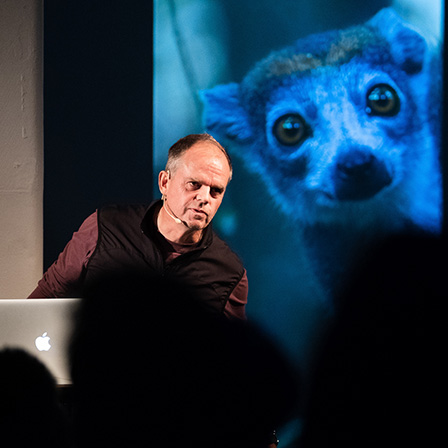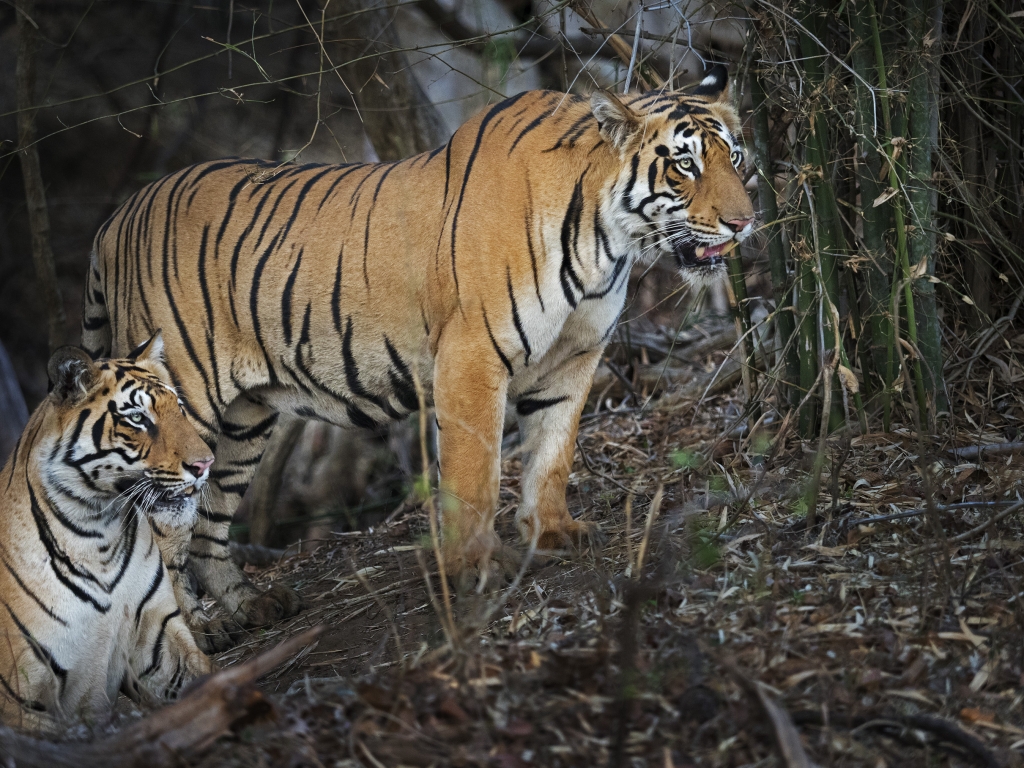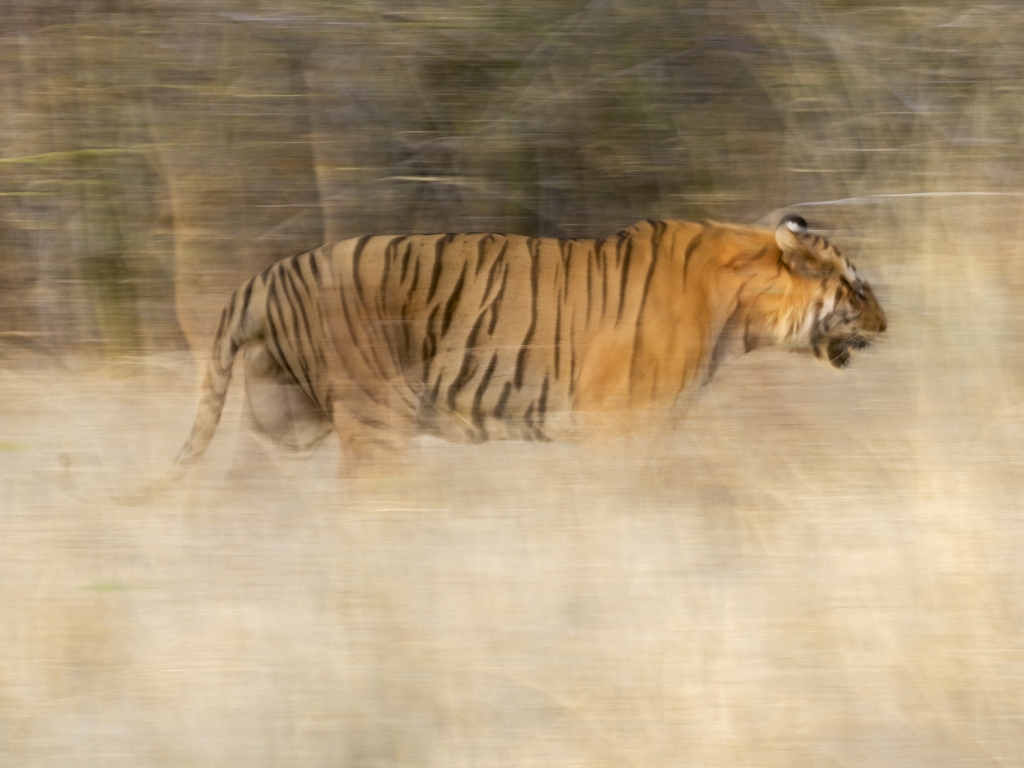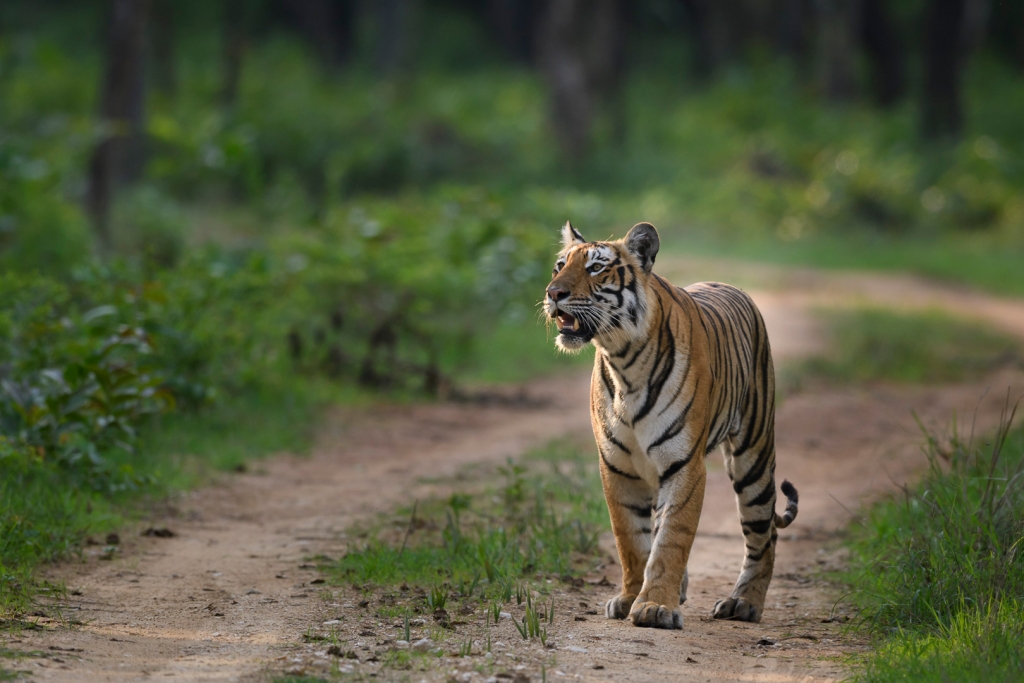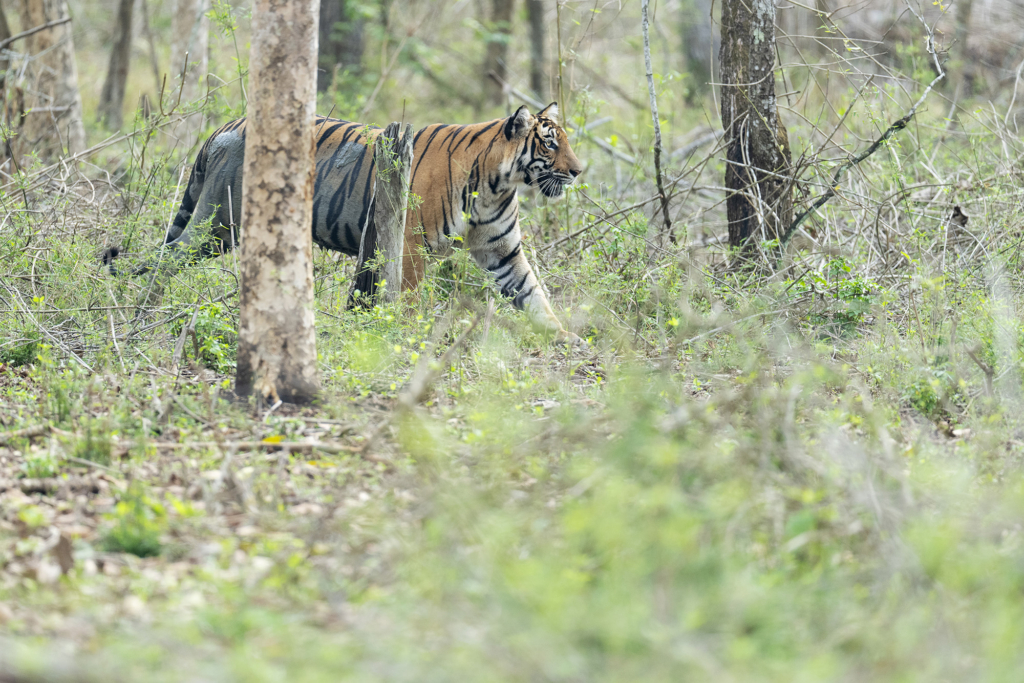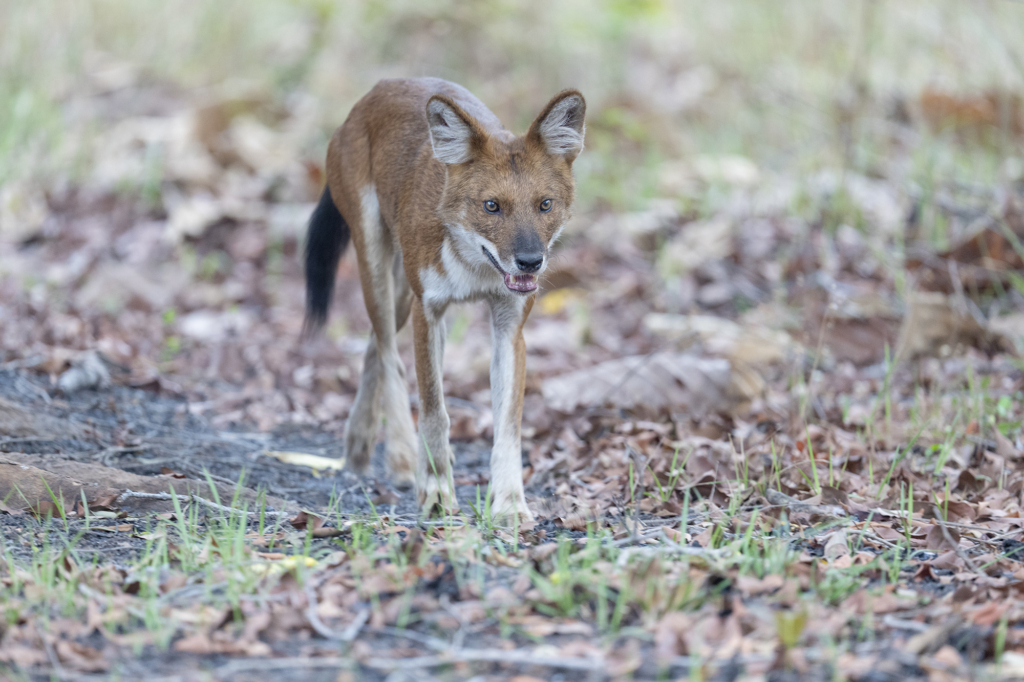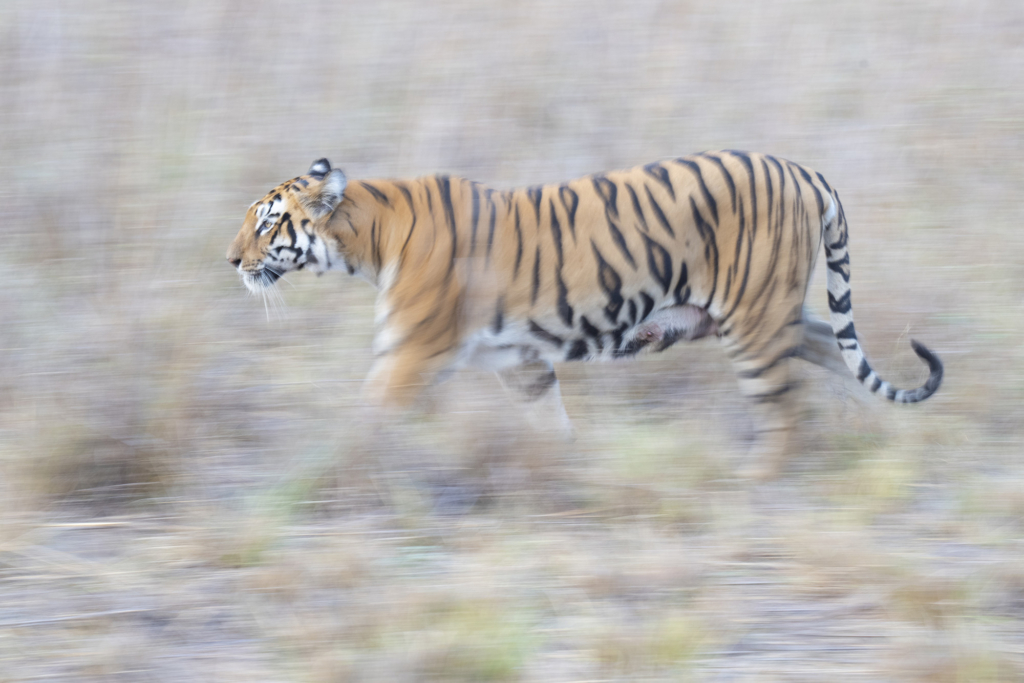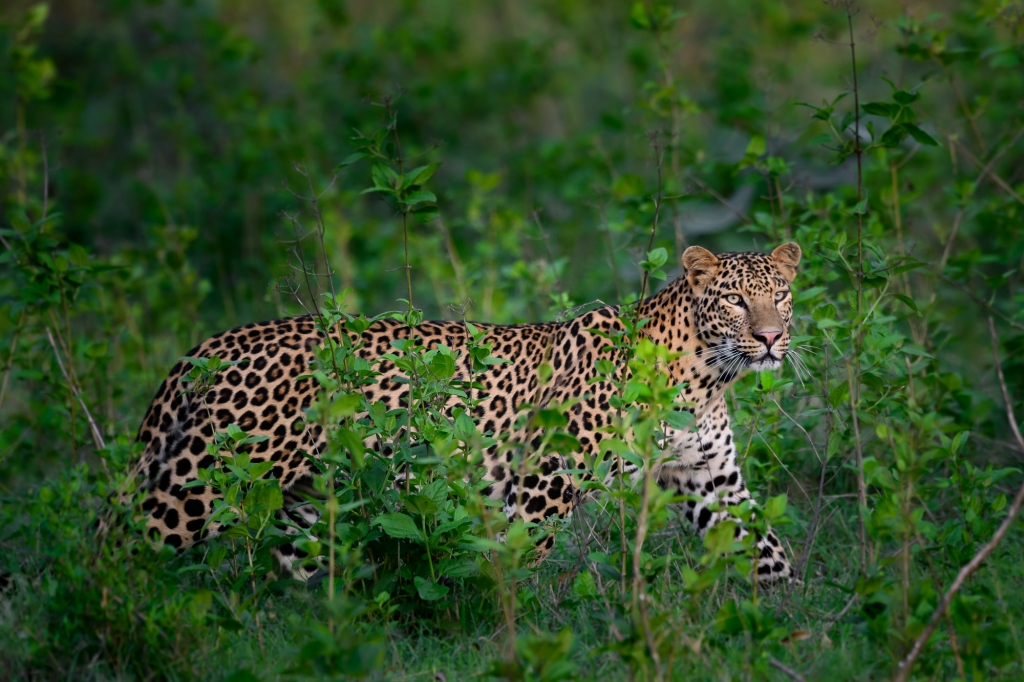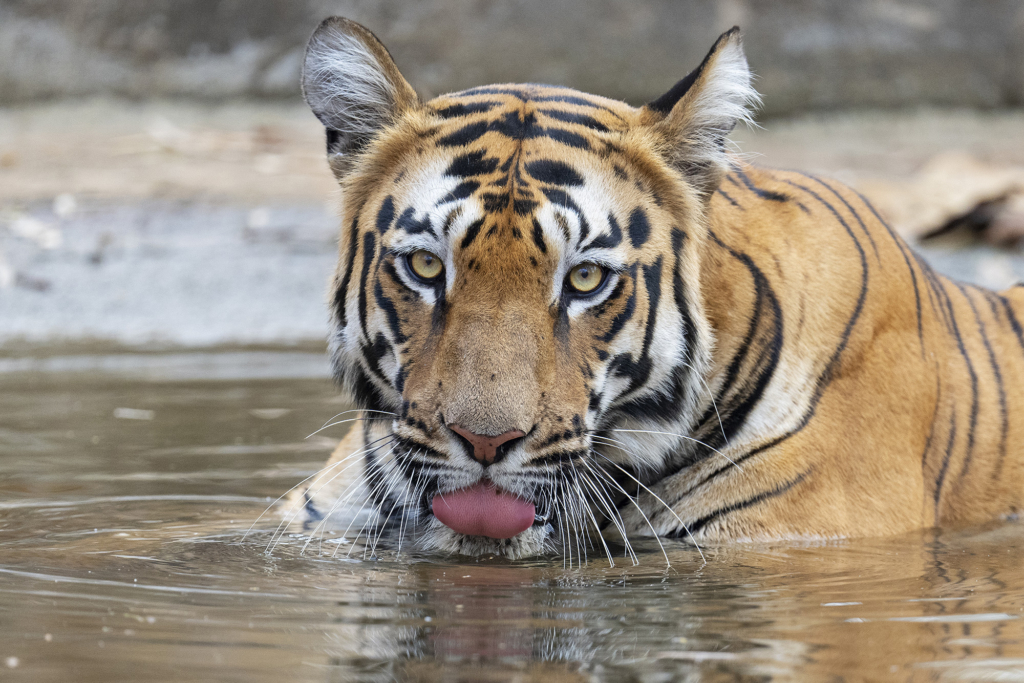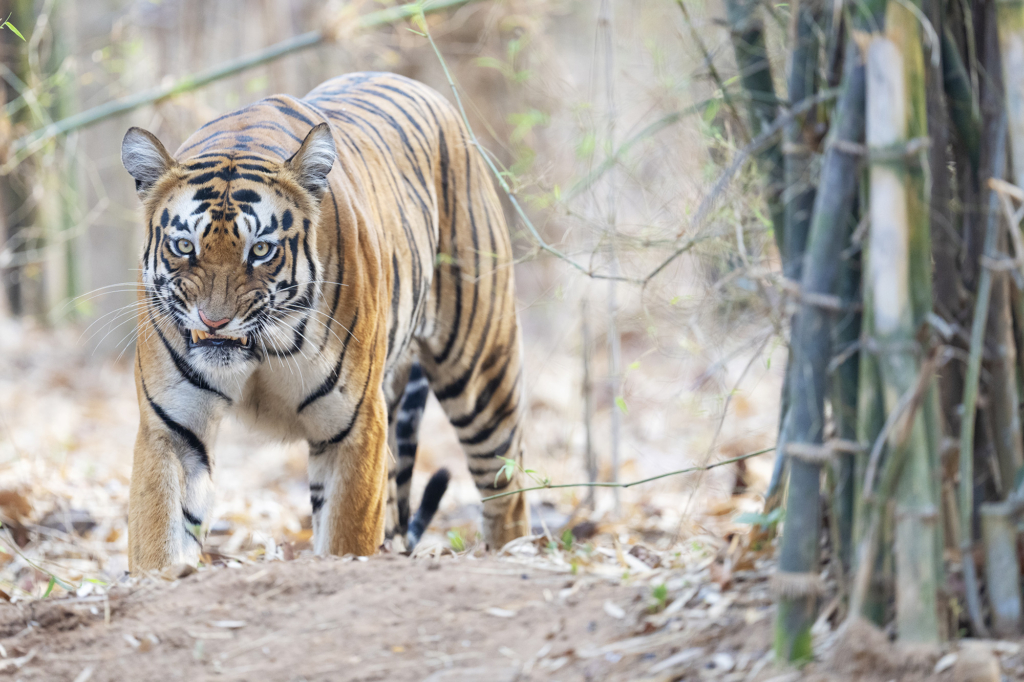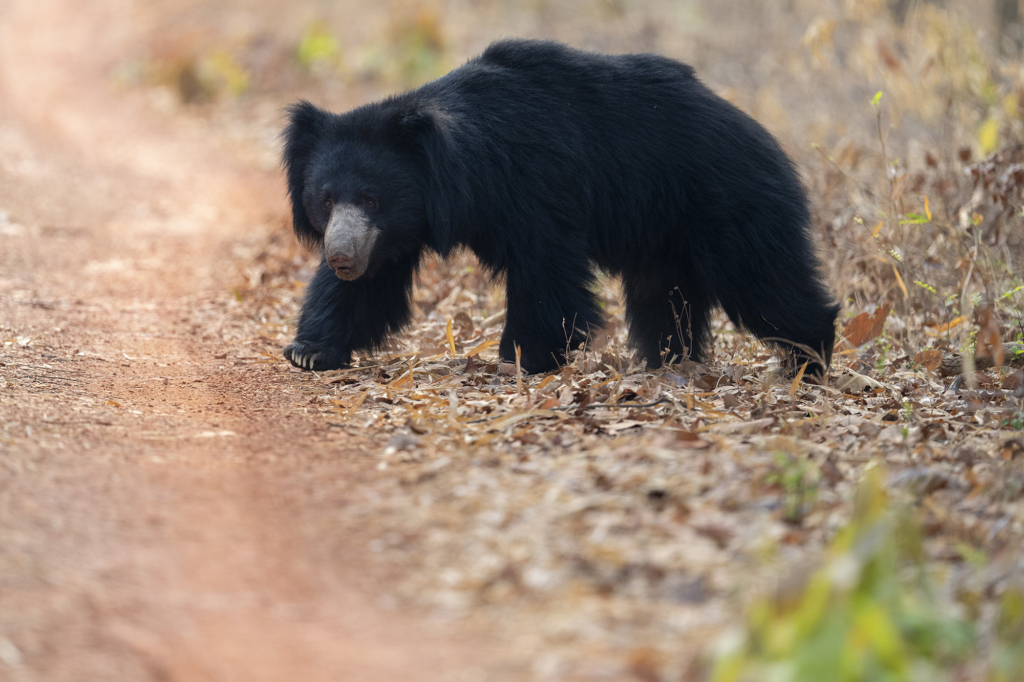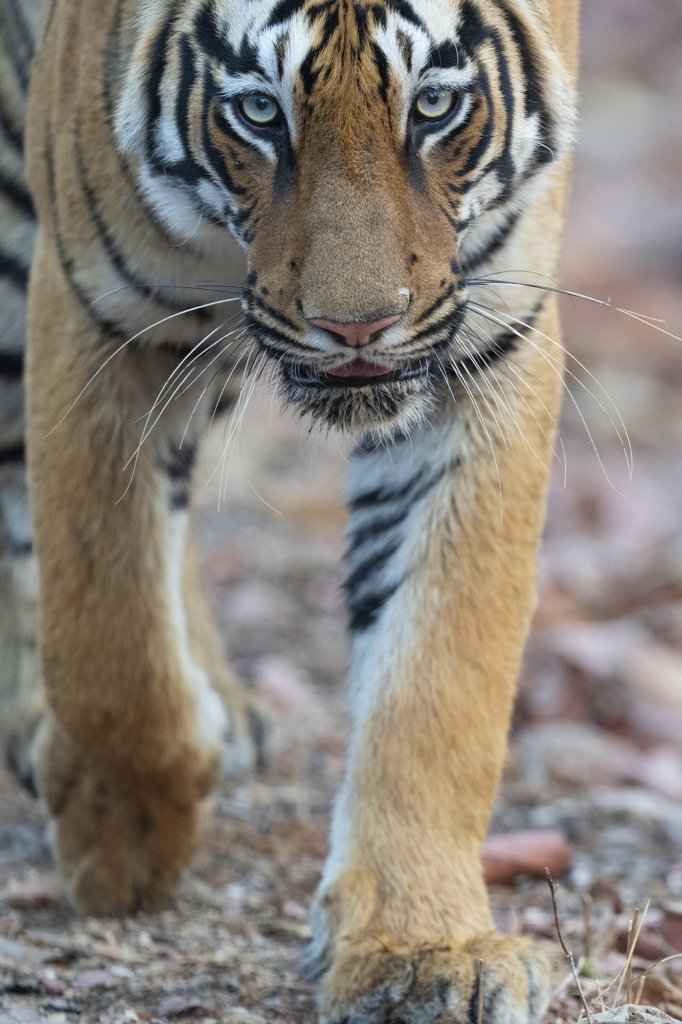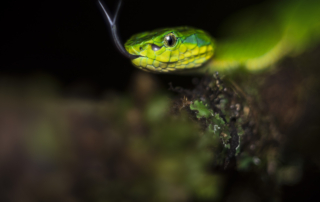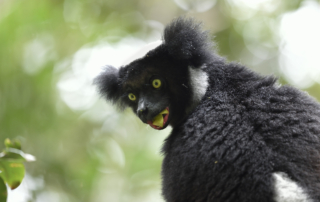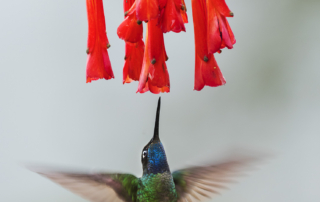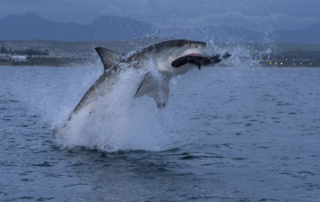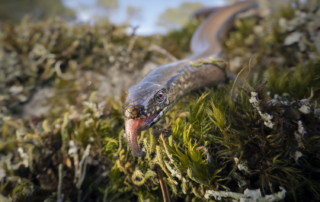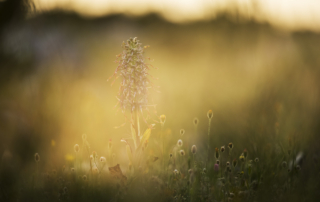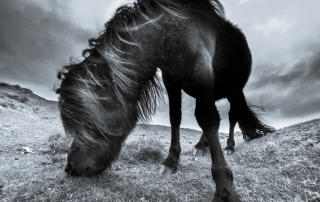THIS TOUR IS AN EXTENSION TO THE TOUR – ELEPHANTS, MONKEYS, LEOPARDS, TIGERS AND AMAZING BIRDS – SOUTH INDIA 6TH-15TH APRIL 2024. READ MORE HERE…
Some highlights
- Tiger – tiger – tiger! Plenty of time and 8 safaris in one of India’s best national parks for tigers, Tadoba National Park, give us the best chances to experience the world’s biggest cat
- Only three photographers in the jeeps on safari – giving plenty of room for photography
- Great chances to see and photograph the Indian wild dog, Dhole
- Good opportunities to see and photograph Sloth bears
- The tour guide will show you his best spots and you will get your own photographic advice and tips in a small group of like-minded people
India’s nature is not as well-known as Africa’s, but here there is at least as exciting animal life. Here in the world’s largest democracy, you have the opportunity to meet several species of deer and antelope, lots of fantastic birds and the world’s largest cat, the tiger.
India is an absolute must for those interested in nature, and for the nature photographer it offers fantastic opportunities for pictures of animals and birds. Seeing and photographing tigers is of course our big goal on this trip and to get as many chances as possible for encounters with the tiger, we have chosen to visit one of the best national parks for tigers in India, Tadoba National Park. Our guides will do their absolute utmost to ensure that we get to experience the tiger up close and with a little luck and patience, it can become memories for a lifetime.
TADOBA NATIONAL PARK
For those of you who have been on the trip to South India, the trip starts with a flight from Bangalore to Nagpur. If you chose to go only on this part of our India adventure, you will fly from Delhi to Nagpur. Then there will be further transport to Tadoba National Park and this is where our search for the world’s largest feline, the tiger, begins.
Tadoba is not as well-known a national park as e.g. Kanha, Bandhavgarh or Ranthambore but in recent years has proven to be one of the absolute best national parks to see tiger and leopard. The national park has one of the densest populations of tigers and in April, when the heat and drought sets in seriously, the wildlife concentrates around the few waterholes that exist. In Tadoba, there are both natural and engineered bodies of water very strategically located to create the best possible conditions for seeing and, above all, photographing tigers. It is not uncommon to see tigers lingering around the waterholes for long periods of time, busy drinking and cooling off in the water.
Of course the tiger is the main attraction but Tadoba they offer so much more. In Tadoba there are several species of deer and antelope such as axis deer, sambar deer and nilgai and with a bit of luck we may also get the opportunity to see and photograph the chausingha, the world’s only four-horned deer. The very rare and shy Indian wild dog, Dhole, is also found here. Often it takes a lot of luck to see these amazing animals but in Tadoba they are seen regularly and the national park has to be counted as one of the best when it comes to Dhole. In Tadoba the lip bear is also common and this usually shy bear is seen regularly. The birdlife in Tadoba is very rich and we will have opportunities to experience and photograph many species.
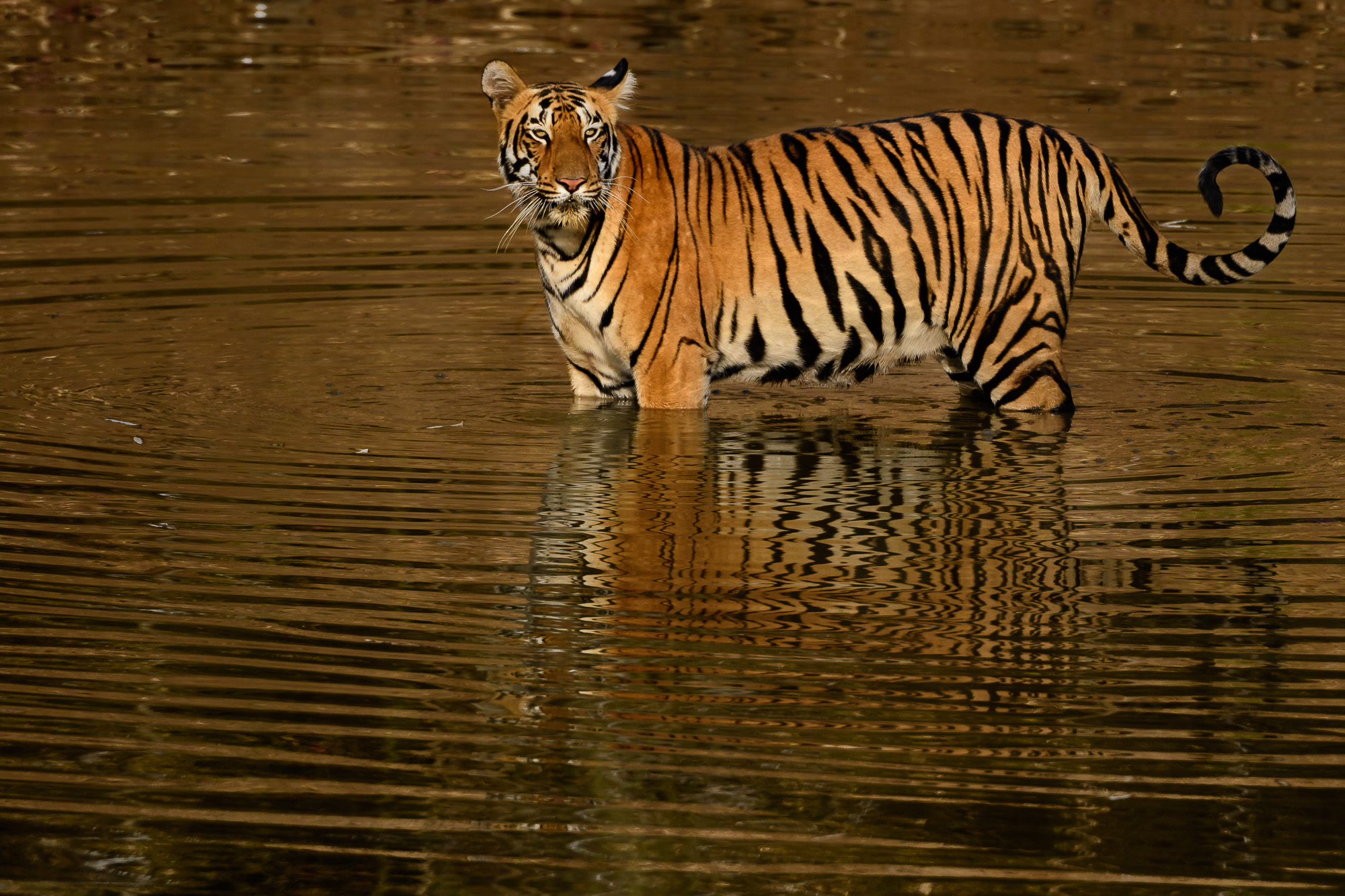
Itinerary
Day 1 (15/4) (Lunch – Dinner)
The journey starts in Bangalore with a domestic flight to Nagpur. Overnight in Nagpur.
Day 2 (16/4) (Breakfast – Lunch – Dinner)
In the morning we travel towards Tadoba National Park. After check-in and lunch, our first safari awaits in Tadoba National Park and hopefully our first tiger encounters.
Day 3 – 5 (17 – 19/4) (Breakfast – Lunch – Dinner)
During these three days we will visit Tadoba National Park. We have jeep safaris both morning and afternoon. We primarily focus on tigers. Our safaris will be focused on tiger photography. We will look for tigers at waterholes and rivers where they often hang out to be close to water. Tadoba of course has much more to offer and we also hope to be able to photograph the Indian wild dog, Dhole. There are also large amounts of axis and sambar deer here, but also slightly more exclusive species such as the four-horned chousing deer. Tadoba National Park is also known for its great birdlife.
Day 6 (20/4) (Breakfast – Lunch)
Today we have our last safari. After breakfast we check out of our lodge and our journey home towards Scandinavia begins again.
Mer information
Photographic leader
Jan Pedersen, born in 1957, is a photographer, writer and world traveller. He has more than 33 years of experience leading nature tours and nature photography tours all over the World – in biomes ranging from deserts to rain-forests. He has led tours in 55 different countries and has worked for several major Swedish tour operators. Jan is highly appreciated as a tour leader, guide and nature photography guide. He has produced tours and trained many new tour guides. Jan carries the idea of ecotourism close to his heart. He has been a member of the Swedish Nature Photographers Association (Naturfotograferna/N) since 2014 and is an internationally awarded photographer. In 2015 he was the overall winner in the international photo competition Asferico. He is also a very experienced teacher of photography and nature photography, arranging annual courses for societies and open colleges since 2001. He also teaches media training programmes.
Jan is one of Swedens most well-published nature book authors. His first book ”I Arabiens öknar” was awarded WWF Sweden’s Panda Book of the Year for children’s books in 2000. His singing book ”Fågelsång” is the all-time top-selling nature book in Sweden. It has sold a total of half a million copies in Sweden, Finland and Norway, as well as having been issued in eight other languages. The sequel ”Vilda djur” was also a success, and was published in Norway and Finland, and in four other European languages. He has also authored popular books such as ”Fågelresor”, ”Mitt I Naturen”, ”Fågelsång runt knuten”, ”Lyssna på djuren”, ”Djur i Världen”, ”Sveriges Fåglar – en fälthandbok för alla”, and ”Fåglar I Sverige och Norden”.
Jan has written numerous articles for newspapers and magazines about wildlife and nature. He is also often engaged as a lecturer for a broad audience. Jan has also worked as a warden and a guide in Swedish nature reserves.
